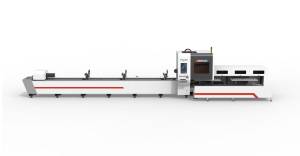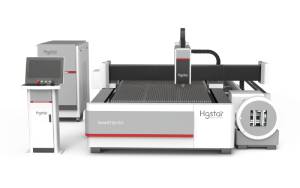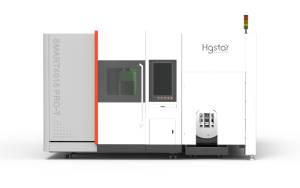Projects
On the Mysterious Light – Laser
As one of the major inventions of humanity in the 20th century, laser has been integrated into all aspects of the economy and society. The Nobel Prize in Physics in Physics in 2018 was awarded to three scientists who made breakthrough contributions in the field of laser physics, highlighting the important role of laser.

Literally, laser refers to the amplification of light through stimulated radiation. When a beam of light passes through an object, stimulated radiation can occur under certain special conditions, and the emitted light is identical to the incident light. This process is like amplifying the incident light through a light cloning machine. Due to its unique optical properties, lasers are also known as the “brightest light,” “most accurate ruler,” and “fastest knife. Laser also has excellent directionality, for example, the Earth is about 380000 kilometers away from the moon. If laser irradiation is used, the light spot formed on the surface of the moon is less than 2000 meters; In the same situation, the light spots generated by other light sources have already covered the entire moon.
Since the invention of the first laser in 1960, with continuous development, lasers have been widely used in fields such as fiber optic communication, beauty, printing, ophthalmic surgery, weapons, and ranging. Ashkin, one of the winners of the 2018 Nobel Prize in Physics, invented the optical tweezers technology in the 1980s, which uses focused lasers to clamp small objects like tweezers for movement. Nowadays, optical tweezers have become an essential tool for many physicists, chemists, and biologists, helping them accurately manipulate atoms, molecules, bacteria, viruses, and cells, opening the door to the study of microscopic phenomena.
According to the working mode, lasers can be divided into continuous lasers and pulsed lasers. Pulse lasers exhibit one after another optical pulses in time, with a peak power much greater than continuous lasers. Visually speaking, a continuous laser is like a calm water surface 10 meters deep, while a pulsed laser forms a wave 1000 meters high on a water surface 1 meter deep. The width of a laser pulse can be shorter than 1 picosecond (1 picosecond equals trillionths of a second), or even on the order of femtosecond (1 femtosecond equals trillionths of a second). The peak power of concentrating energy in such a short period of time can be imagined.
In 2018, two other Nobel Prize in Physics winners, Mulu and Strickland, invented the Chirped pulse amplification technology in 1985 and obtained ultrashort pulses with extremely high peak power. This ultra-short laser with high peak power can accurately cut and drill holes on different materials, and has been widely used in laser vision correction surgery and precision machining, such as the display screen and internal small components of mobile phones. When studying the internal dynamic processes of matter, femtosecond laser pulses can be used to take photos of atoms and molecules, allowing scientists to gain insight into the secrets of the microscopic world.
In addition, with the help of Chirped pulse amplification technology, many countries are building ultra intense laser devices. China has a very solid foundation in this field and has continuously achieved breakthrough results in recent years. By utilizing this powerful laser device, extreme physical conditions can be created in the laboratory, with the potential to reveal new physical laws.
Undoubtedly, the rich and diverse laser technology provides us with powerful tools for understanding and changing the world. I believe that with the joint efforts of scientists, more magical laser technologies will continue to emerge.



































